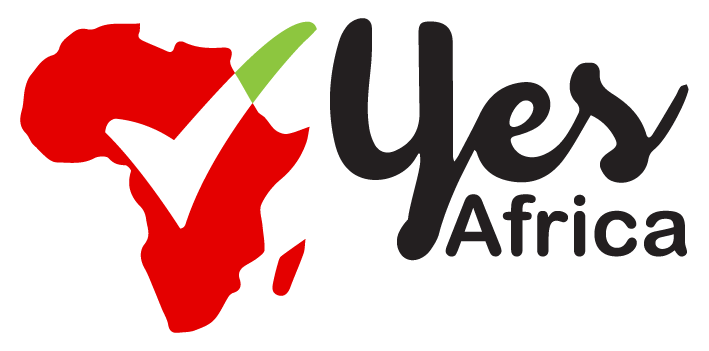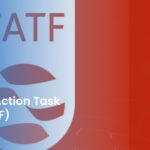After the World Bank and its donors announced that they would replenish the International Development Association (IDA) with US$105 billion and implement extensive financial architecture reforms, Africa is pushing for an additional US$15 billion in funding.
The International Development Fund (IDF) is used by more than 30 African nations to fund crucial projects and strategies for reducing poverty.
The UK, Germany, and Italy, major fund donors, have reduced their obligations to the World Bank to focus on budget restructuring and macroeconomic challenges, resulting in a significant shortfall.
As the World Bank finishes its IDA replenishment resolution in December of this year, African leaders are also asking for more input into the US$2.5 billion fund for the Private Sector Window.
- Advertisement -
The IMF, other international donors, and multilateral development banks (MDBs) have made progress in streamlining their funding models, but gaps remain in areas like climate finance, quota systems, debt resolution, and credit rating, according to a new study from the Africa Future Policies Hub.
“The assessment shows little to no progress is being made on addressing the continent’s debt concerns, high cost of borrowing, and actual disbursements against financial commitments and pledges – putting into question transparency and accountability frameworks in the financing ecosystem,” Maria Nkhonjera, a Senior Policy Lead (Public Finance) at Africa Futures Policies Hub said.
Kenya and other developing nations have urged the IMF to reconsider its quota system. The Bretton Woods institution’s board of governors approved a 50% increase in all quotas, or approximately US$320 billion. Even so, low-income nations will only receive 5.2% of the quota, which will be distributed across the continent.
The continent’s leaders have also called for the IMF’s surcharges, which have made continentwide debt burdens even worse than they already are. They also want the institution to get rid of its “access limits policy,” saying that it makes it hard to get to facilities for emergency financing.
A third seat On the planet Bank-IMF gatherings was given to a Sub-Saharan African country, as well as a super durable seat in the G20. As a result, the continent has a better chance of having an impact on executive decisions that benefit local economies.
- Advertisement -
The high cost of refinancing debt will be the most pressing issue these reforms aim to address. International finance bodies’ interest rates continue to cause concern, driving up Africa’s borrowing costs by 5% more than those of other global regions. As a result, investment opportunities are harmed as many African nations are prevented from accessing bond markets.
The IMF and other multilateral finance institutions’ push for debt restructuring has also been criticized as disastrous for local economies. International financial institutions have been urged to provide strategic debt relief measures that will not restrict the fiscal health of African nations by advocates for reform for low-income countries.
International credit rating agencies like Moody’s and Fitch’s skewed and subjective assessments of risk add to the continent’s debt load. If credit ratings were more objective, the continent could save $74.5 billion, according to a UNDP analysis. African nations are compelled to borrow at higher interest rates, repay debt in greater quantities, or defer loans that may be essential to development when the perception is gloomy.
The African Future Policies Hub has also pointed out that a lot needs to be done to ensure that funds for reducing the effects of climate change are distributed to African nations in a more effective manner. Funding is still a daunting task for low-income nations because of the numerous multilateral climate funds’ complicated documentation and bureaucratic procedures.
Despite being on the cusp of the disastrous effects of the greenhouse effect and other forms of environmental degradation, Africa receives only 20% of global climate adaptation funding. Any significant progress that the world wishes to make in protecting the climate is slowed down by the financing gap, which currently stands at almost US$240 billion per year.
“Africa continues to benefit from international climate finance flows primarily in the form of loans, which are in many cases at market rate. This unsustainable trend needs to be promptly reversed, particularly in the case of adaptation finance,” Dauoda Sembene from AfriCatalyst said.
Debt facilities aimed at climate finance have reportedly benefited only Gabon, Seychelles, and Mozambique. Debt is unlikely to be a top priority for other nations’ climate protection efforts. Pledges either remain unfulfilled or are delayed despite numerous commitments made by developed nations to mobilize grants for climate finance.










